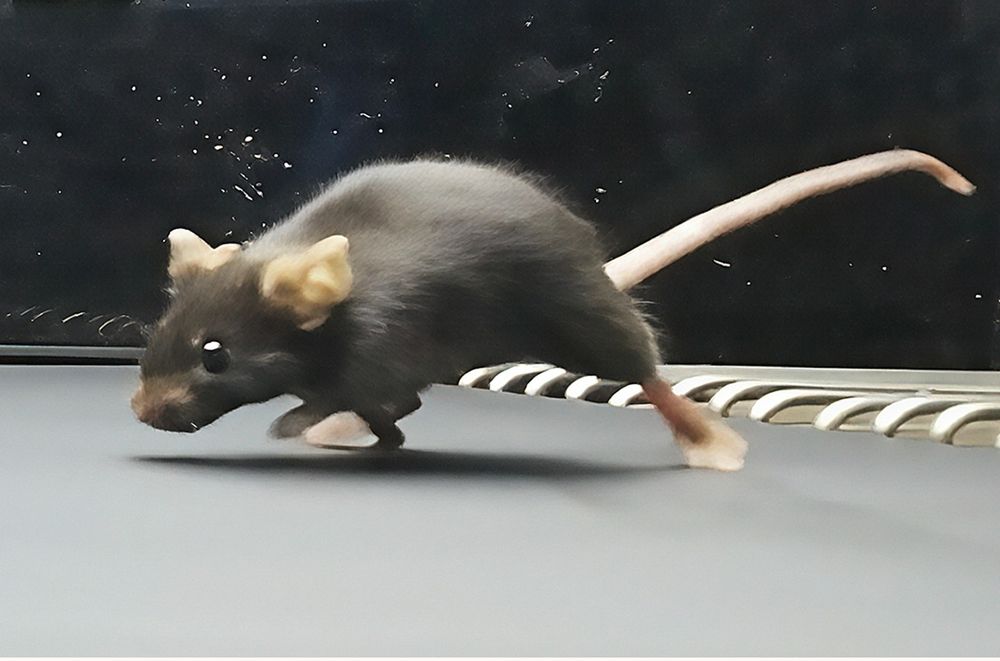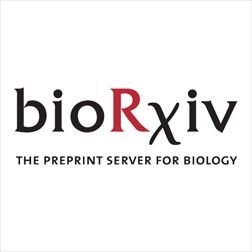www.coninelab.com
Interested in small RNAs, germlines, inheritance, sports, and Shiba Inu’s

rdcu.be/eOc0q

rdcu.be/eOc0q
www.nature.com/articles/s41...

www.nature.com/articles/s41...



G&D author, Haoming Yu tells us about their new study in #genesdev that uses epigenetic editing to probe the role of H3K4me3 at intergenic regulatory elements.
Learn more here:
➡️ https://genesdev.cshlp.org/content/39/21-22/1290.full
Bluma Lesch
@haomingyu.bsky.social
G&D author, Haoming Yu tells us about their new study in #genesdev that uses epigenetic editing to probe the role of H3K4me3 at intergenic regulatory elements.
Learn more here:
➡️ https://genesdev.cshlp.org/content/39/21-22/1290.full
Bluma Lesch
@haomingyu.bsky.social


@epitep.bsky.social
Anais Vitorino-Carvalho, kaylee Holleman, amrita Raja-ravi-shankar and Blair Schneider from the @colinconine.bsky.social lab




@epitep.bsky.social
Anais Vitorino-Carvalho, kaylee Holleman, amrita Raja-ravi-shankar and Blair Schneider from the @colinconine.bsky.social lab

Preprint: www.biorxiv.org/content/10.1...
(1/2)

Preprint: www.biorxiv.org/content/10.1...
(1/2)
If the same holds true in humans, researchers say, fathers could help improve the health of any future children by staying in shape themselves. https://scim.ag/47igpZm

If the same holds true in humans, researchers say, fathers could help improve the health of any future children by staying in shape themselves. https://scim.ag/47igpZm
Figure from our #Review by Zachary D. Smith, Sara Hetzel & Alexander Meissner: DNA methylation in mammalian development and disease go.nature.com/3DlswZn
Free to read here: rdcu.be/dQEND

Figure from our #Review by Zachary D. Smith, Sara Hetzel & Alexander Meissner: DNA methylation in mammalian development and disease go.nature.com/3DlswZn
Free to read here: rdcu.be/dQEND
buff.ly/vwSuPWC #RNA #RNATherapeutics

buff.ly/vwSuPWC #RNA #RNATherapeutics
By Sakhawala et al. and Katherine McJunkin
Learn more here:
➡️ https://genesdev.cshlp.org/content/39/19-20/1198.abstract

By Sakhawala et al. and Katherine McJunkin
Learn more here:
➡️ https://genesdev.cshlp.org/content/39/19-20/1198.abstract
(1) Accurate sequencing of sperm at scale
(2) Positive selection of spermatogenesis driver mutations across the exome
(3) Offspring disease risks from male reproductive aging
[1/n]
www.nature.com/articles/s41...

(1) Accurate sequencing of sperm at scale
(2) Positive selection of spermatogenesis driver mutations across the exome
(3) Offspring disease risks from male reproductive aging
[1/n]
www.nature.com/articles/s41...
If you are interested in working at an intersection of Mendelian genomics/Population genetics/Clonal expansions +Cancer genetics/ and of course mutagenesis, please rich out about postdoc in my lab
If you are interested in working at an intersection of Mendelian genomics/Population genetics/Clonal expansions +Cancer genetics/ and of course mutagenesis, please rich out about postdoc in my lab

We explored the consequences of inheriting long telomeres from dad and short telomeres from mom. Or the reciprocal. Turns out, parent-of-origin matters (in mice, at least).
authors.elsevier.com/c/1loW-3QW8S...
We explored the consequences of inheriting long telomeres from dad and short telomeres from mom. Or the reciprocal. Turns out, parent-of-origin matters (in mice, at least).
authors.elsevier.com/c/1loW-3QW8S...




